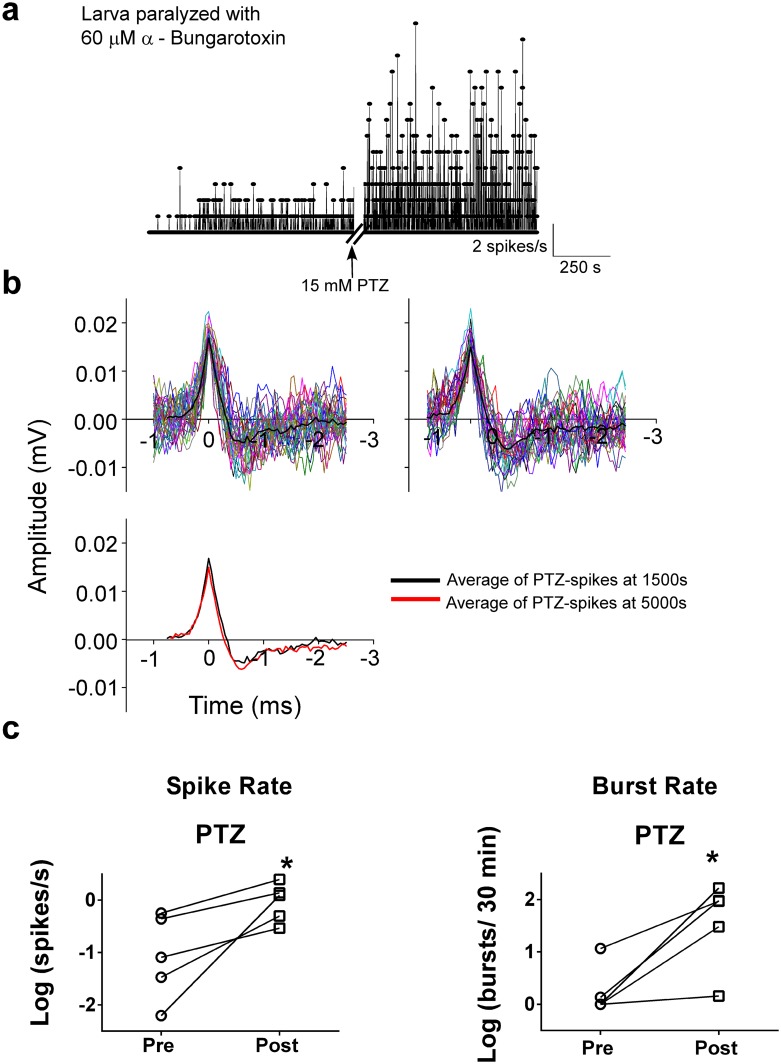Fig 9. Paralyzing larvae for recordings leads to similar results described for unparalyzed animals.
a: Spike rate plotted as a function of time (one channel shown). Recordings are made from a paralyzed larva (using 60 μM α-bungarotoxin) before and after PTZ addition. b: Spikes remained stable at the beginning of the PTZ addition and 3600 s later similar to recordings in larvae that were not paralyzed. c: Firing rate (p = 0.04, n = 5) and burst count (p = 0.02, n = 5) of recordings shown in (a) increase significantly (* p < 0.05) with PTZ addition in paralyzed larvae just as in unparalyzed animals.

